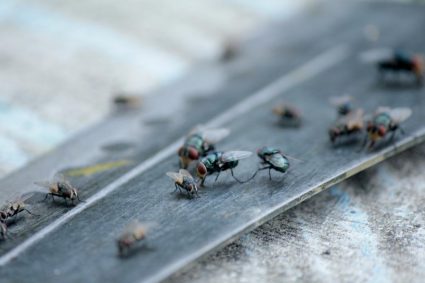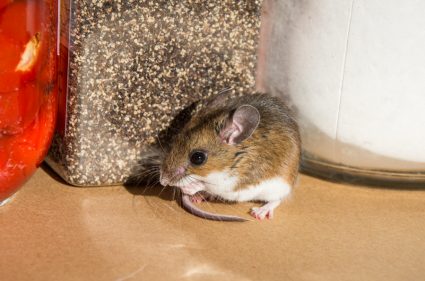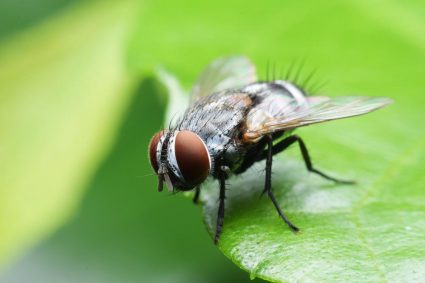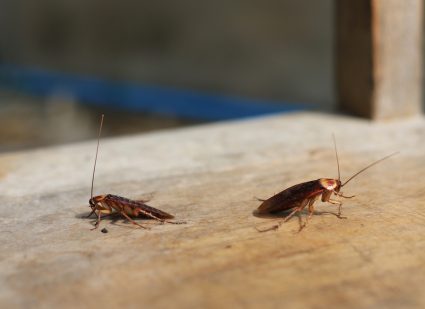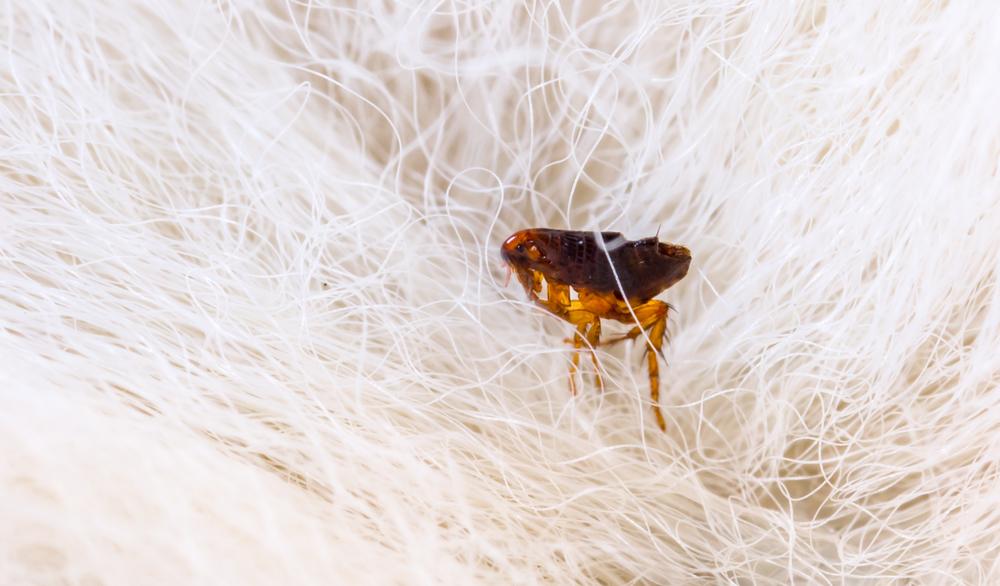
Fleas are small, flightless insects that feed on the blood of their hosts, which can include mammals and birds. They are notorious for their extraordinary jumping abilities, which allow them to transfer from one host to another. But how exactly do fleas transfer? What factors influence their choice of hosts? And what can you do to prevent these unwelcome guests? In this comprehensive guide, we’ll answer all these questions and more.
Fleas primarily transfer from one host to another through their exceptional jumping abilities. They can jump vertically up to 7 inches and horizontally up to 13 inches. When a potential host is detected through body heat, movement, vibrations, or breathing, the flea jumps onto it and begins feeding. Fleas are also influenced by factors such as host age, species, environmental conditions, and the presence of other parasites.
How Fleas Choose Their Hosts
Fleas choose their hosts based on a combination of factors, including host age, species, environmental conditions, and previous feeding experiences. Some fleas show a preference for adult hosts due to a stronger stimulus or higher profitability, while others may prefer juvenile hosts due to their weaker resistance and easier colonization. Fleas are also influenced by the presence of other parasites, such as ticks, and soil temperature.
The Flea Transfer Process
Physical transfer of fleas primarily happens through their remarkable ability to jump. Fleas can jump vertically up to 7 inches (18 cm) and horizontally up to 13 inches (33 cm). They achieve this by storing and releasing energy in a pad of elastic protein called resilin, located above their hind legs. When a potential host is detected through body heat, movement, vibrations, or breathing, the flea jumps onto it and begins feeding.
The Flea Lifecycle
Understanding the lifecycle of a flea is key to understanding how they transfer. The lifecycle consists of four stages: egg, larva, pupa, and adult. Adult fleas lay eggs on the host’s fur, which then fall off into the environment. These eggs hatch into larvae, which feed on organic debris in moist, dark areas. After the larval stage, they enter the pupal stage, where they stay until they sense a host nearby. Adult fleas emerge from the cocoon and begin feeding on a host within a few hours. Fleas are most likely to transfer during the adult stage, as they are attracted to light and stay at the top of surfaces to find a passing host to feed upon.
Health Risks Associated with Flea Transfers
Fleas can transmit several diseases to humans and pets. For humans, these include plague, flea-borne typhus, tapeworms, and Bartonellosis. Pets can suffer from flea allergy dermatitis, tapeworm infestations, anemia, and Bartonellosis. To prevent these, it’s essential to maintain proper hygiene for both humans and pets, use appropriate flea treatments, and consult a veterinarian or physician if any signs of flea-borne diseases are observed.
Preventing Flea Transfer
There are several preventative measures to avoid flea transfer. For humans, these include using EPA-registered insect repellents, wearing long-sleeve clothing, treating clothing and gear with products containing 0.5% permethrin, and vacuuming the house often. For pets, limiting their time outdoors, bathing and brushing them regularly, treating them for fleas year-round with appropriate flea control products, and maintaining a clean environment can help prevent flea transfer.
Treating Flea Infestations
If a flea transfer has already occurred, it’s crucial to treat your pets, your home, and your yard. For pets, use prescription-strength oral flea medications, apply topical flea and tick preventions, bathe them with flea shampoos, and comb them with a fine-tooth flea comb. For your home, vacuum thoroughly, wash your pet’s bedding in hot water, use adulticide sprays and sprays containing insect growth regulators (IGRs). For your yard, mow your lawn regularly, remove debris, spread cedar chips, or use sulfur powder/liquid in areas where your pet likes to rest.
Conclusion
Flea transfers can be a nuisance, but with the correct information and preventative measures, they can be effectively managed. Remember, the key to preventing flea infestations is to stop them before they start. Regularly check your pets for fleas, keep your home clean, and consult your veterinarian for the best preventative flea treatments.
Frequently Asked Questions
What is the lifespan of a flea?
The lifespan of a flea can vary depending on the species and environmental conditions. On average, adult fleas can live for several weeks to several months. However, under optimal conditions, they can live up to a year or more.
Can fleas survive in cold weather?
Yes, fleas can survive in cold weather. While they prefer warm and humid conditions, they can survive in cold temperatures by finding a host or staying in the pupal stage until conditions become favorable.
How long can fleas live without a host?
Adult fleas can live for up to a week without a host. However, flea larvae can survive for several weeks feeding on organic debris in the environment.
Can fleas infest humans like they do pets?
While fleas can bite humans, they cannot infest them like they do pets. Fleas prefer to feed on furry animals, and the absence of hair or fur makes it difficult for them to stay on a human host.
Can you see fleas with the naked eye?
Yes, you can see adult fleas with the naked eye. They are typically about 1/8th of an inch long, reddish-brown, and have a flattened body.

